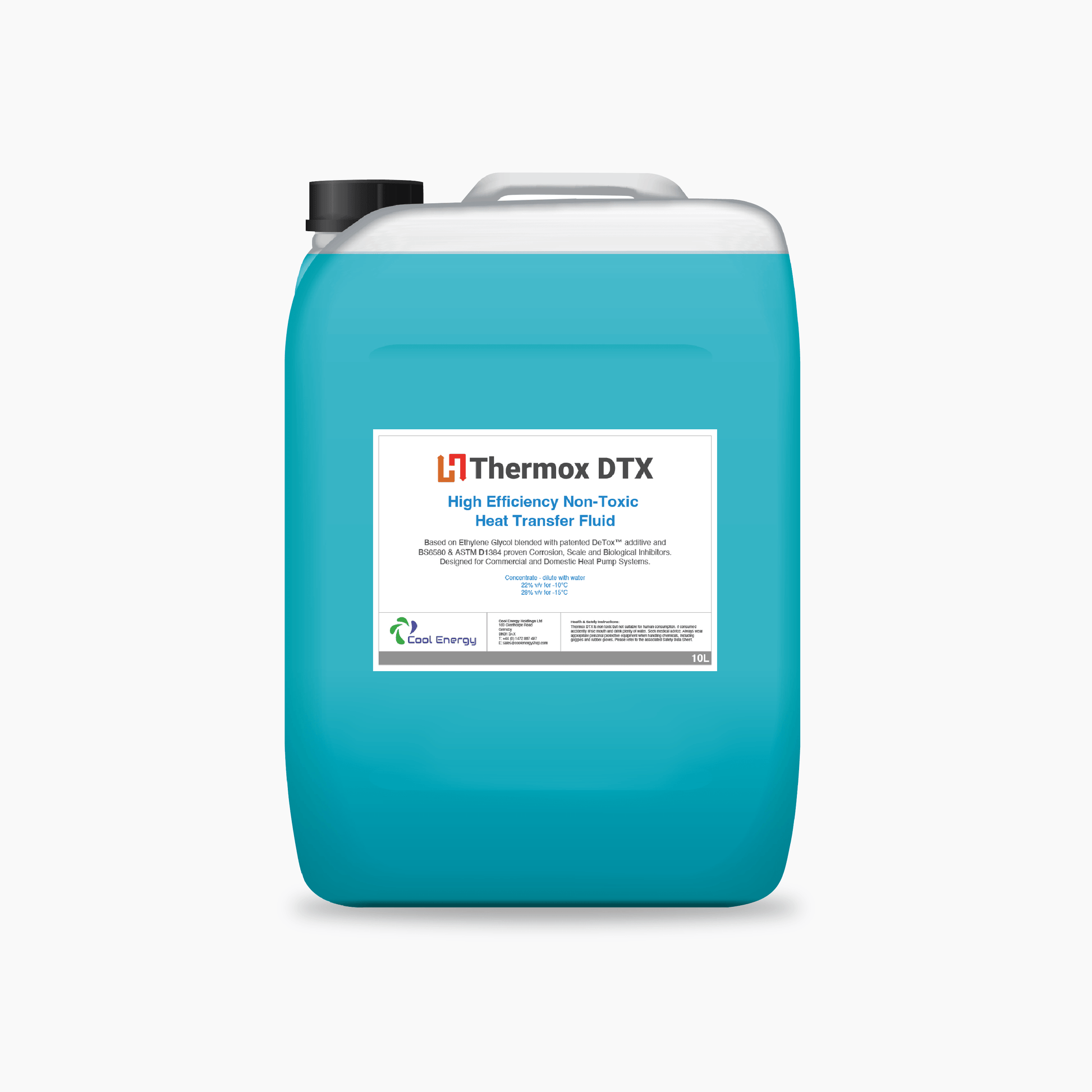How Heat Transfer Fluid Impacts the Efficiency of Heating And Cooling Solutions
The Role of Warm Transfer Fluid in Enhancing System Efficiency and Safety
In the ever-evolving landscape of industrial processes, warmth transfer fluids (HTFs) become critical parts in optimizing both system efficiency and safety. These specialized fluids, known for their remarkable thermal conductivity and controlled thickness, make it possible for effective heat exchange, which is indispensable for structured procedures. However, the influence of HTFs prolongs past mere efficiency; their fundamental thermal stability and low flammability dramatically contribute to run the risk of reduction. As industries come to grips with the demand for high-performance and secure procedures, comprehending the nuanced duty of HTFs comes to be necessary. However exactly what makes HTFs so vital in today's commercial frameworks?
Recognizing Heat Transfer Liquids
Warmth transfer liquids, typically thought about the lifeblood of thermal monitoring systems, play a crucial duty in controling temperature level across various industrial applications. These fluids are essential in procedures where warm need to be either taken in or dissipated to keep optimal operating conditions. Industries such as chemical processing, power generation, and production depend on warm transfer fluids to make certain devices runs effectively and securely. By assisting in the transfer of thermal energy, these liquids help in stopping overheating, therefore prolonging the life expectancy of equipment and reducing downtime.
The option of a proper warm transfer fluid is crucial to the success of a thermal monitoring system. In recap, a thorough understanding of heat transfer liquids is essential for maximizing system efficiency, making sure functional safety, and attaining cost-efficient thermal monitoring options.
Secret Feature of HTFs

The details warmth capacity of an HTF delineates the amount of warm energy needed to transform its temperature level, influencing how efficiently the system can respond to temperature variations. The boiling and freezing points of HTFs likewise play an essential function, specifically in systems revealed to severe temperature levels, guaranteeing fluid stability and avoiding phase modifications during operation.
Enhancing System Performance
To improve system efficiency with warm transfer fluids (HTFs), it is essential to incorporate an extensive approach that takes into consideration both fluid properties and system design. The option of a suitable HTF is pivotal, as its thermal conductivity, thickness, and specific warm capacity straight affect the effectiveness of heat exchange.
Just as essential is the layout of the heat transfer system itself. Designers should make certain that components such as warmth exchangers, pumps, and piping are developed to enhance the homes of the picked HTF. The surface location and product of heat exchangers ought to be maximized to take full advantage of warmth transfer efficiency. heat transfer fluid. The combination of innovative technologies, such as variable speed pumps and wise surveillance systems, can considerably enhance the responsiveness and flexibility of the system to changing operational conditions.
Boosting Operational Security
Guaranteeing functional safety and security in warm transfer systems needs a thorough concentrate on both the residential properties of warm transfer fluids (HTFs) and the style and maintenance of the entire system. HTFs must have thermal security, reduced flammability, and proper viscosity to reduce risks such as leaks, fires, and system breakdowns. Picking the ideal HTF is vital as it figures out the system's capability to deal with temperature fluctuations without endangering safety and security.
The style of the system ought to incorporate redundancies and fail-safes to take care of possible risks efficiently. This consists of the assimilation of security valves, stress alleviation devices, and temperature level surveillance systems to find and deal with anomalies without delay. Routine maintenance is crucial to make sure that all components, including pumps, pipelines, and seals, are working correctly and are free from wear or deterioration, which might lead to unsafe this post leakages or failures.
In addition, workers in charge of the procedure and maintenance of warmth transfer systems need to be effectively trained in safety useful content and security procedures and emergency situation action procedures. Regular training programs and security drills can significantly lower the probability of mishaps, ensuring a more secure working atmosphere. Ultimately, a detailed approach to safety-- including liquid selection, system layout, and workforce training-- is crucial for ideal operational protection.
Industry Applications of HTFs
Extensively utilized across numerous industries, warmth transfer fluids (HTFs) play a critical duty in enhancing the performance and dependability of thermal management systems. In the chemical market, HTFs are integral for preserving specific temperatures during reactions, making certain product consistency and high quality. They assist in warmth exchange processes in activators, condensers, and heat exchangers, thus enhancing energy usage and lessening waste.
In the oil and gas field, HTFs are used in both upstream and downstream procedures. They take care of temperature level in exploration procedures and boost performance in refining procedures by giving secure thermal problems. This causes lowered downtime and boosted safety and security, specifically in essential procedures such as purification and fracturing.
The eco-friendly power market likewise benefits considerably from HTFs, particularly in concentrated solar energy (CSP) plants. Below, HTFs move recorded solar power to power wind turbines, allowing effective electrical power generation. The pharmaceutical industry depends on HTFs for specific temperature level control in both synthesis and storage space, making sure product efficacy and safety.


In addition, the food and beverage sector makes use of HTFs for pasteurization, sanitation, and cooking procedures, boosting both item security and production efficiency. Throughout these sectors, HTFs work as important components in maintaining optimum functional efficiency and security.
Conclusion
Warm transfer fluids are vital in boosting commercial system efficiency and security by providing high thermal conductivity, optimal thickness, and thermal security. Proper selection and upkeep of HTFs improve warm exchange efficiency, thus increasing operational performance. The low this flammability of these fluids is crucial for lessening risks and guaranteeing secure operations. Comprehensive employees training and normal maintenance further sustain the dependability and effectiveness of commercial processes, solidifying the essential role of HTFs in varied applications.